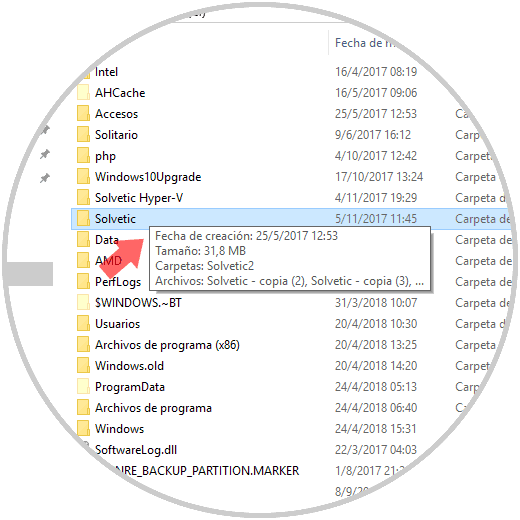
In place of E:\folder, use the location of the folder where the file you want to view is placed. Now, enter the command cd/d to change the file directory. To do so, Press Windows Key + R and type CMD. The left panel of the program shows the folder and file sizes in a familiar File Explorer-like display, while the right side displays a pie chart for visualizing each folder's disk usage.ĭisktective is relatively user-friendly, but it's hindered by a few key limitations: the export-to-HTML feature doesn't produce a very easy-to-read file, you can't delete or open folders or files from within the program, and the size units are static, meaning they're all either in bytes, kilobytes, or megabytes (whatever you choose). To use this for viewing the folder size, perform these steps Open the command prompt with elevated privileges. You can choose any folder on any hard drive that's plugged in, including removable ones, as well as the entire hard drives. If you right-click a folder and select properties Explorer will recursively scan all the files in that folder and its subfolders and progressively display the.

Unable to delete files directly from the program.Īn update hasn't been released since 2010.ĭisktective is portable and takes up less than 1 MB of disk space, so you can carry it with you on a flash drive.Įach time it opens, you're asked what directory to scan.


 0 kommentar(er)
0 kommentar(er)
